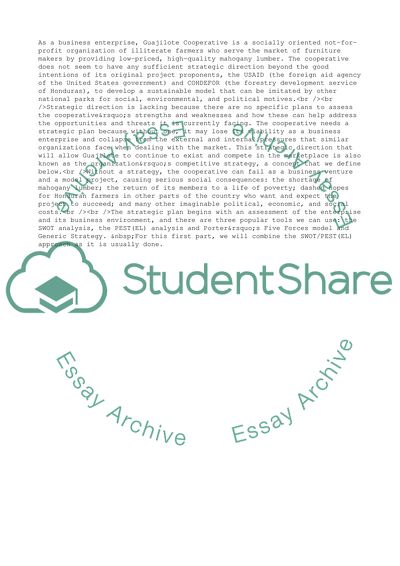Cite this document
(Analysis of Guajilote Cooperativo Forestal Research Paper, n.d.)
Analysis of Guajilote Cooperativo Forestal Research Paper. https://studentshare.org/business/1535896-business-analysis-of-guajilote-cooperativo-forestal-honduras
Analysis of Guajilote Cooperativo Forestal Research Paper. https://studentshare.org/business/1535896-business-analysis-of-guajilote-cooperativo-forestal-honduras
(Analysis of Guajilote Cooperativo Forestal Research Paper)
Analysis of Guajilote Cooperativo Forestal Research Paper. https://studentshare.org/business/1535896-business-analysis-of-guajilote-cooperativo-forestal-honduras.
Analysis of Guajilote Cooperativo Forestal Research Paper. https://studentshare.org/business/1535896-business-analysis-of-guajilote-cooperativo-forestal-honduras.
“Analysis of Guajilote Cooperativo Forestal Research Paper”. https://studentshare.org/business/1535896-business-analysis-of-guajilote-cooperativo-forestal-honduras.


